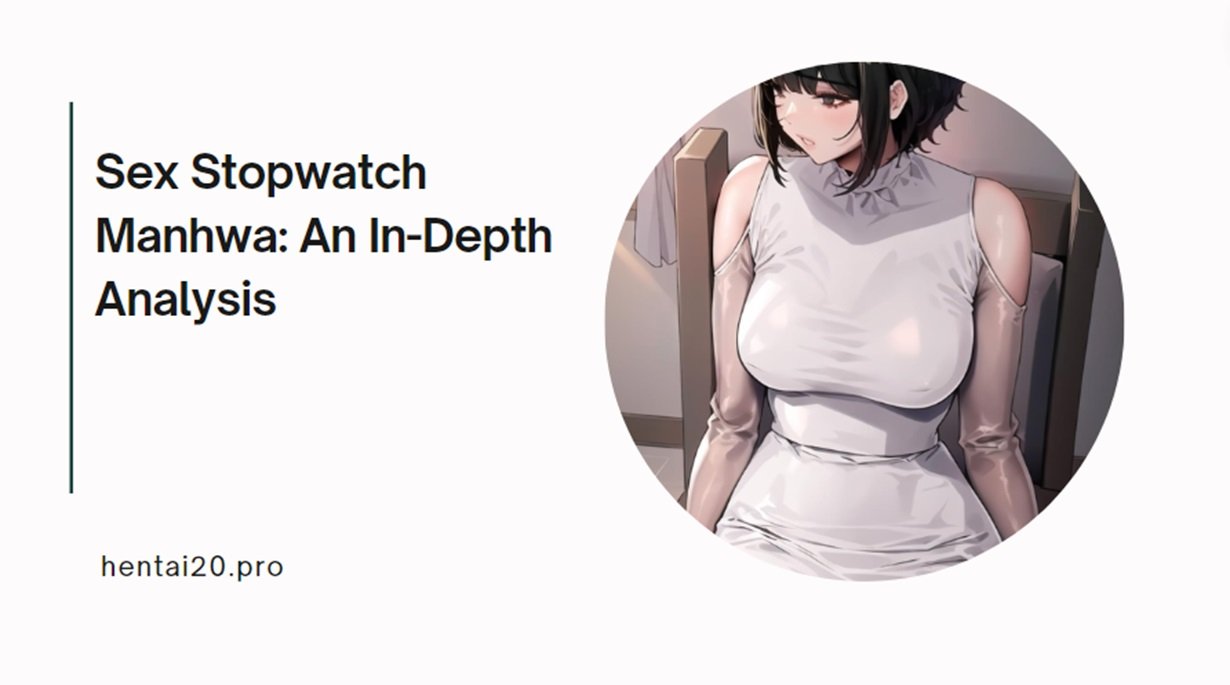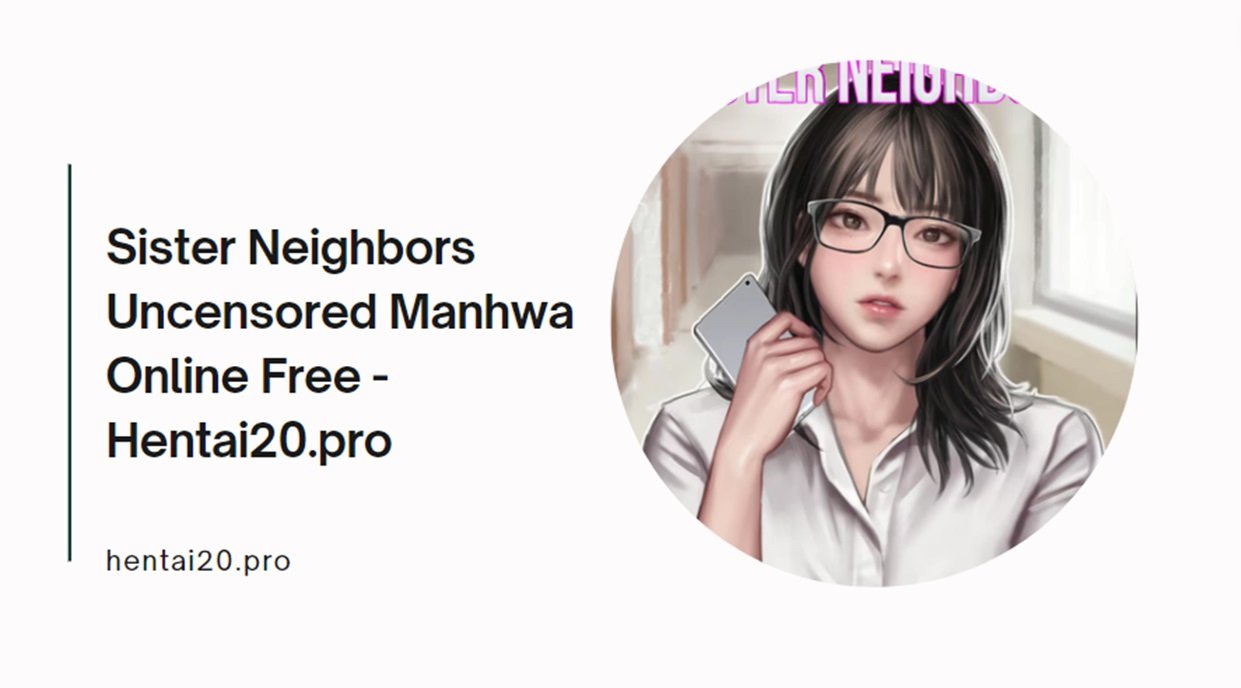Manga has a broad spectrum of genres, each with unique themes and styles that cater to diverse audiences. Among these, “Manga H,” or hentai manga, stands out as a genre that explores adult-oriented themes and content. This article delves into the world of Manga H, examining its origins, characteristics, cultural impact, and the controversies that surround it.
Table of Contents
The Origins of Manga H
Early Beginnings
Manga H has its roots in Japan’s long history of erotic art, which dates back to the Edo period (1603–1868). During this time, shunga, or erotic woodblock prints, were popular among various classes in society. These artworks often depicted explicit scenes and were considered a form of entertainment and a source of inspiration for later artists.
Evolution into Modern Hentai
The modern form of hentai manga began to take shape in the 20th century, influenced by the post-war manga boom. Artists like Osamu Tezuka paved the way for manga’s diverse storytelling capabilities, leading to the emergence of genres that explored more mature and controversial themes. The term “hentai,” which means “pervert” or “perversion” in Japanese, became associated with these adult-themed manga, distinguishing them from mainstream works.
Characteristics of Manga H
Artistic Style
Manga H is characterized by its distinct artistic style, which often includes exaggerated features and expressions. The artwork can range from highly detailed and realistic to stylized and abstract. Artists employ various techniques to convey emotions, create tension, and enhance the narrative’s erotic elements.
Common Themes and Tropes
Manga H explores a wide array of themes, often delving into fantasy, science fiction, and horror. Common tropes include:
- Transformation and Alteration: Characters undergoing physical or psychological changes.
- Power Dynamics: Themes of dominance and submission, often exploring taboo relationships.
- Fantasy and Mythology: Incorporating mythical creatures and supernatural elements.
These themes allow artists to push the boundaries of storytelling, creating narratives that challenge societal norms and explore the complexities of human desire.
Cultural Impact of Manga H
Influence on Popular Culture
Despite its niche market, Manga H has significantly influenced popular culture, both in Japan and internationally. Elements of hentai have appeared in mainstream anime and manga, subtly shaping character designs, plotlines, and themes. Additionally, the genre has inspired various forms of media, including video games and films, contributing to a broader understanding of adult-oriented entertainment.
The Globalization of Hentai
With the advent of the internet, Manga H has gained a global audience, transcending cultural and linguistic barriers. Online platforms and communities have made it easier for fans to access and share hentai content, fostering a diverse and inclusive fandom. This globalization has also led to the genre’s evolution, as artists and creators from different backgrounds bring their perspectives and styles to the medium.
Controversies Surrounding Manga H
Legal and Ethical Concerns
Manga H often grapples with legal and ethical issues, particularly concerning its portrayal of explicit content and controversial themes. In some countries, certain hentai works are subject to censorship laws and restrictions due to their graphic nature and potential to depict illegal activities.
Representation and Stereotypes
Critics argue that Manga H can perpetuate harmful stereotypes and unrealistic depictions of relationships and sexuality. These portrayals may influence societal perceptions of gender roles, consent, and power dynamics, leading to debates about the genre’s impact on readers and its role in perpetuating harmful narratives.
The Appeal of Manga H
Exploration of Fantasy and Desire
One of the primary appeals of Manga is its ability to explore fantasy and desire in a safe and controlled environment. Readers can engage with narratives that challenge societal norms and delve into the complexities of human sexuality without real-world consequences. This exploration can be both liberating and empowering, allowing individuals to navigate their own desires and boundaries.
Artistic Expression and Creativity
Manga provides artists with a platform to express their creativity and push the boundaries of traditional storytelling. The genre’s freedom from conventional norms allows creators to experiment with unique styles, narratives, and themes, resulting in diverse and innovative works that challenge the status quo.
The Future of Manga H
Evolving Narratives and Themes
As societal attitudes toward sexuality and gender continue to evolve, so too does Manga. Artists are increasingly exploring diverse narratives and themes, addressing issues such as LGBTQ+ representation, consent, and identity. This shift reflects a broader cultural movement toward inclusivity and understanding, paving the way for more nuanced and meaningful stories within the genre.
Technological Advancements
Technological advancements, particularly in digital art and distribution, have transformed the way Manga is created and consumed. Artists can now reach global audiences more easily, while readers have access to a wider array of content. Virtual reality and interactive media are also opening new possibilities for immersive storytelling, allowing fans to engage with hentai in innovative and exciting ways.
Conclusion
Manga H, with its rich history and diverse themes, remains a complex and multifaceted genre within the world of manga. While it continues to face controversies and challenges, its enduring appeal lies in its ability to explore the boundaries of fantasy, desire, and artistic expression. As societal norms and technological advancements evolve, Manga will likely continue to adapt and innovate, offering new perspectives and stories that resonate with audiences worldwide.



